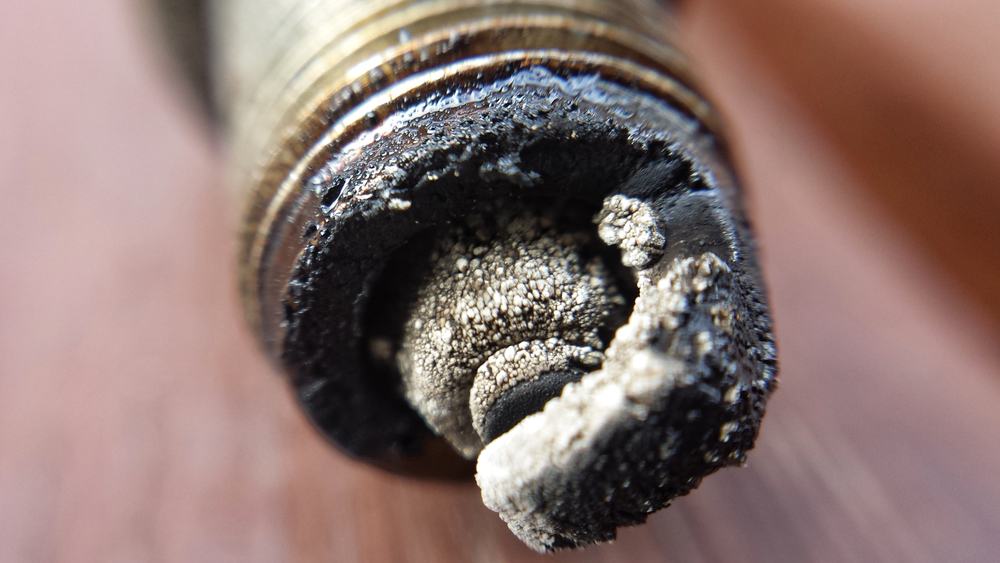

Internal coolant leaks can foul a spark plug and cause a misfire. In some cases, the oil consumption results in a low-oil condition that would cause damage to the bearing surfaces. This can lead to even more damage and more oil consumption. The customer would report increased oil consumption that exceeded one quart every 1,000 miles.īeyond the oil getting past the rings, the oil trapped in the rings can become carbonized and cause damage to the cylinder walls.

This was the case for some recent Toyota, Honda and GM models. On some vehicles with variable valve timing (typically on the exhaust and intake cams), the valve timing could produce higher-than-normal vacuum pressures that could suck oil past the rings. This has happened on some GM and Honda engines. On vehicles with cylinder deactivation, the deactivated cylinder has negative pressure and draws oil droplets in the crankcase past the ring and eventually into the converter. The main culprit in these problems is vacuum generated in the cylinders that sucks engine oil past the rings and into the combustion chamber. Most of these problems relate to cylinder deactivation and variable valve timing. OEMs have issued TSBs concerning excessive oil consumption.

The oil that lubricates the shaft can enter into the pressurized intake and eventually the combustion chamber. The seals on the turbine shaft are robust, but they can be victims of heat and poor oil quality. If the PCV valve is stuck open, the excess vapors and oil droplets can quickly foul the spark plugs.Ī failed turbocharger can be another source of spark plug oil fouling. This can cause oil to be forced past the valve seals. If the valve does freeze, it can cause higher-than-normal crankcase pressure. Some PCV systems have a heater to ensure that the valve does not freeze under certain conditions when condensation is present. Modern systems can separate oil from the crankcase vapors and electronically regulate when the engine ingests the vapors. These systems have become more than just a spring-loaded check valve. Malfunctioning PCV systems are becoming a leading cause of oil fouling in modern engines. If a fuel injector is clogged or sticking open, extra fuel can cause carbon problems. These molecules like to stick to the hot spots in the combustion chamber, and this includes the spark plug’s tip and insulator.Ĭuring the problem will typically point to the fuel system and how the engine is breathing. When there is more fuel than oxygen, the carbon in the unburned fuel polymerizes into carbon deposits. If the spark plugs have a matte black or grey appearance, it could be carbon fouling - something typically caused by a fuel mixture that is too rich.ĭuring normal combustion, most of the fuel oxidizes and changes into carbon dioxide and carbon monoxide gas. If you are replacing spark plugs to solve a misfire problem, the car will be back.īut, first, what causes spark plugs to foul quickly? What does a fouled spark plug look like and what is spark plug fouling? If the plugs fail sooner than the recommended interval, it’s important to solve the problem before installing new plugs. OEMs consider the spark plugs a part of the emissions system on most modern vehicles. Most OE spark plugs have a life of more than 100,000 miles, thanks to electrodes that contain precious metals like platinum and iridium.


 0 kommentar(er)
0 kommentar(er)
